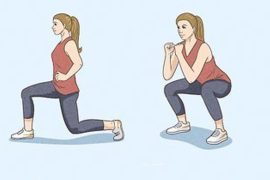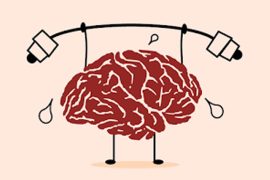Cardiovascular exercise:
Cardiovascular exercise, commonly known as cardio, holds a crucial role in fitness routines due to its numerous health benefits. Engaging in regular cardio activities is essential for maintaining overall cardiovascular health, improving endurance, and managing weight. Cardio workouts elevate the heart rate, promoting better circulation and oxygenation of the body, which is vital for heart function and efficiency.
The frequency of cardio workouts can vary based on individual factors such as fitness goals, current fitness levels, and overall health. While there is no one-size-fits-all answer, general guidelines can assist in determining the appropriate frequency. The type of cardio activity also plays a role, with high-impact exercises like running or jumping potentially requiring more rest days than low-impact activities such as cycling or swimming.
Moreover, incorporating a mix of low- and high-impact exercises can be beneficial, especially for individuals with joint issues or those prone to overuse injuries. This diversity not only helps prevent injuries but also provides a well-rounded approach to cardiovascular fitness.
Finding the Sweet Spot in Cardio Exercise:
Determining how much cardio is too much varies from person to person and depends on individual factors such as fitness level, goals, and overall health. The provided information gives some useful insights into finding the right balance:
1. Fitness Level:
- Beginners are advised to start with three to four cardio sessions per week and gradually increase frequency as stamina improves.
- Seasoned athletes or fitness enthusiasts may engage in cardio more frequently, but they need to balance different intensities to prevent burnout and overtraining.
2. Individual Goals:
- Those focusing on weight loss might aim for more frequent cardio sessions, while those maintaining cardiovascular health may find the recommended guidelines sufficient.
- Aligning workout frequency with specific objectives is essential for achieving optimal results.
3. Listening to One’s Body:
- Emphasizes the importance of paying attention to signs from the body, such as fatigue, soreness, and stress levels.
- Ignoring these signs can lead to burnout, decreased performance, and an increased risk of injury.
4. Rest Days and Recovery:
- Highlights the crucial role of rest days in allowing the body to repair and adapt to physical stress imposed during exercise.
- Ignoring signs of fatigue can lead to negative consequences and hinder overall progress.
5. Variety in Cardio Workouts:
- Recommends incorporating a variety of cardio activities to prevent monotony and overuse injuries.
- Mixing activities such as running, cycling, swimming, and strength training contributes to overall cardiovascular fitness and reduces the risk of repetitive strain injuries.
Ultimately, there is no one-size-fits-all answer to how much cardio is too much. It’s essential for individuals to listen to their bodies, adjust their workout frequency based on their fitness level and goals, and prioritize rest and recovery to avoid burnout and injuries. Consulting with fitness professionals or healthcare providers can also provide personalized guidance based on individual needs and circumstances.
Disclaimer:
The information contained in this article is for educational and informational purposes only and is not intended as a health advice. We would ask you to consult a qualified professional or medical expert to gain additional knowledge before you choose to consume any product or perform any exercise.







